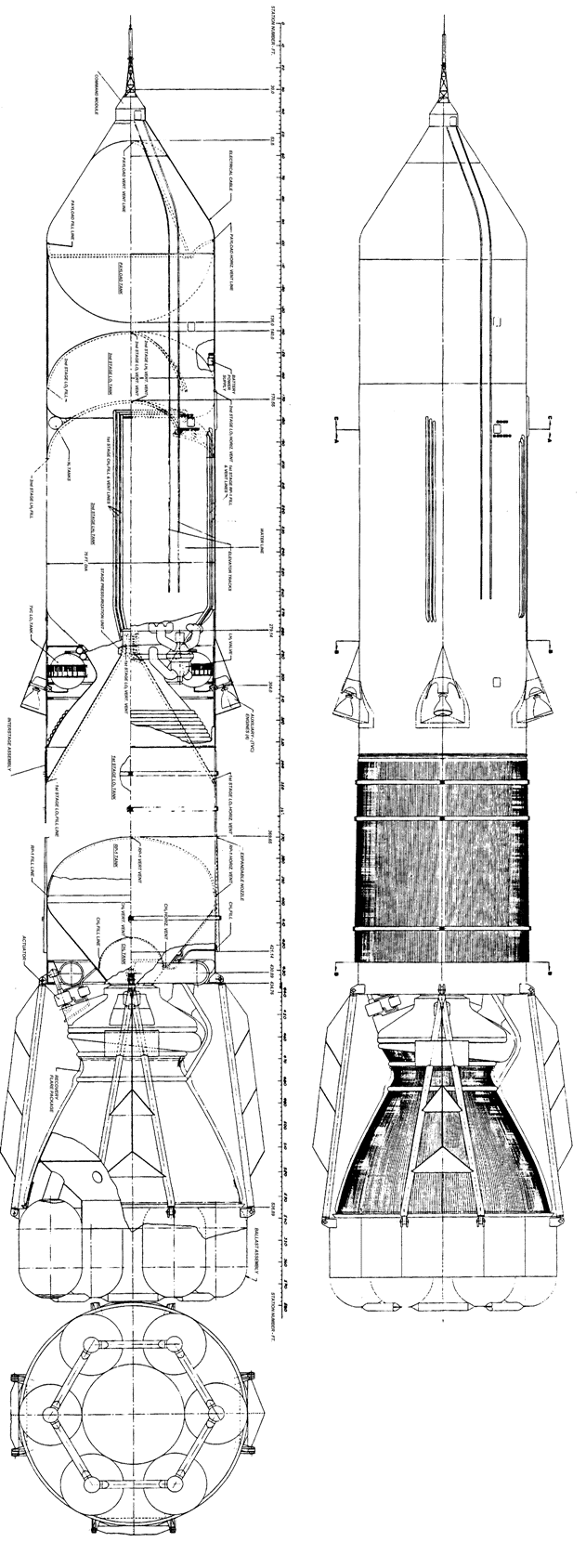But I digress.
The point is that the story, though mostly apocryphal, is still around because it illustrated a fundamental truth about the difference between the US and Soviet space programs during the Cold War, and incidentally also the US and Soviet militaries during the Cold War. The US built things to much narrower tolerances with much tighter margins for error, and were generally more elegant and sophisticated. The Soviet Union, on the other hand, excelled at low-tech solutions to high-tech problems. Early on, it was assumed (at least by Americans) that this meant that the US space programs were better and safer. History has shown otherwise. With the Russian space program launching many more crewed missions than the US during the same time period, both nations have suffered two fatal in-flight accidents; Soyuz 1 and 11 in 1967 and 1971 (the latter of which being the only crewed mission to technically fail in "space"), and the space shuttles Challenger and Columbia in 1986 and 2003.
So, what did the Russians do to create a perfectly functional space program on-the-cheap, and why can't the United States do the same thing? The answer to the first question is that instead of building an incredibly sophisticated bleeding-edge system like Apollo, they basically just stuck a primitive life-support capsule on top of a giant fuel tank, lit the fuse and ran. Yes, that's an oversimplification, but not much of one. And, proof being as it is "in the pudding", the damned thing worked. Over and over and over again. The method is called "Big Dumb Booster" or BDB. It's not pretty, and it's not especially efficient, but it does get the job done at a fraction of the cost of the way Apollo did.
So, if the Soviets could figure that out, why couldn't the US? The NASA space programs weren't always high-tech; the Mercury Redstone Freedom Seven rocket which launched Alan Shepard into space for fifteen and a half minutes in 1961 could not possibly have been more crudely designed. Next time you happen to be in the Cape Canaveral area go look at the Mercury Redstone that is on display there, touch it, and remember that a man went into space in it once and lived to tell about it.
The answer is that NASA did in fact figure this out, quite independently of the Vostok program. In 1962 Robert Truax designed the Sea Dragon rocket, which would have been the largest rocket ever built. It would have been capable of lifting 550 metric ton payloads into orbit for the insanely low cost of about $300 per kilogram, using materials and technologies available off-the-shelf in 1962. Even allowing for 50 years of inflation, with modern materials replacing steel and cheaper, smaller computers controlling the flight than were even imaginable in 1962 the costs would be substantially the same. And both stages and the capsule of the 150 meter tall rocket are reusable. Sea Dragon presumed being launched at sea with nothing but its own buoyancy to keep it vertical during the launch phase, but there is no reason that the traditional launch gantries already existing at Canaveral could not be used.
 | ||
| Sea Dragon tended by USS Enterprise. Now that's irony. |
So, I'm discussing the BDB technology for a reason. The space shuttle program is ending this year, we have only two or possibly three missions left. This is not a bad thing. The shuttles are 30 years old now, I wouldn't recommend driving to Spokane in a Buick that old, let alone going into space. Especially if 1/3 of the Buicks ever built had already failed catastrophically. The space shuttles were supposed to be replaced with the Constellation/Orion project, which was basically "Apollo was fun, let's do it again!". I was sad when the US government pulled the plug on Constellation/Orion (not to be confused with Project Orion, the so-called 100-year starship), but it was the right decision. Funding was instead given to companies like Virgin Galactic, SpaceX and Blue Origin to produce light-lift Low Earth Orbit vehicles, which they're doing. However, none of these companies are ready yet to start producing genuine heavy-lift vehicles, so Congress, after canceling Constellation/Orion went back and ordered NASA to build a heavy-lift crewed vehicle, on a very limited budget.
My first reaction to this was that Congress needed to get out of the spaceflight business and leave it to the professionals. But, actually, I think they may have gotten it right. What they really said, or meant to say, was "build us a heavy lift rocket, use whatever parts you can from Constellation, build it big, sloppy and cheap, and build it now". In so many words, Congress told NASA to build Sea Dragon, or something very much like it. Good on them. It's not a decision NASA would have likely come to on its own.
For the record, toward the end of the Cold War the Soviets started trying to build things like space shuttles the way the US did. The grass is always greener, but ultimately Russia went back to building BDBs. We can, too. Big Dumb Boosters aren't sexy. They aren't "the way of the future". But they may well be the best option we have to keep our space programs rolling forward in the present. And maybe, once they've built a successful BDB program, they'll have a little money left over to buy a couple of pens.
UPDATE: Here is another page on Sea Dragon, link sent to me by Winchell Chung at the Atomic Rockets website: More Sea Dragon Info

No comments:
Post a Comment